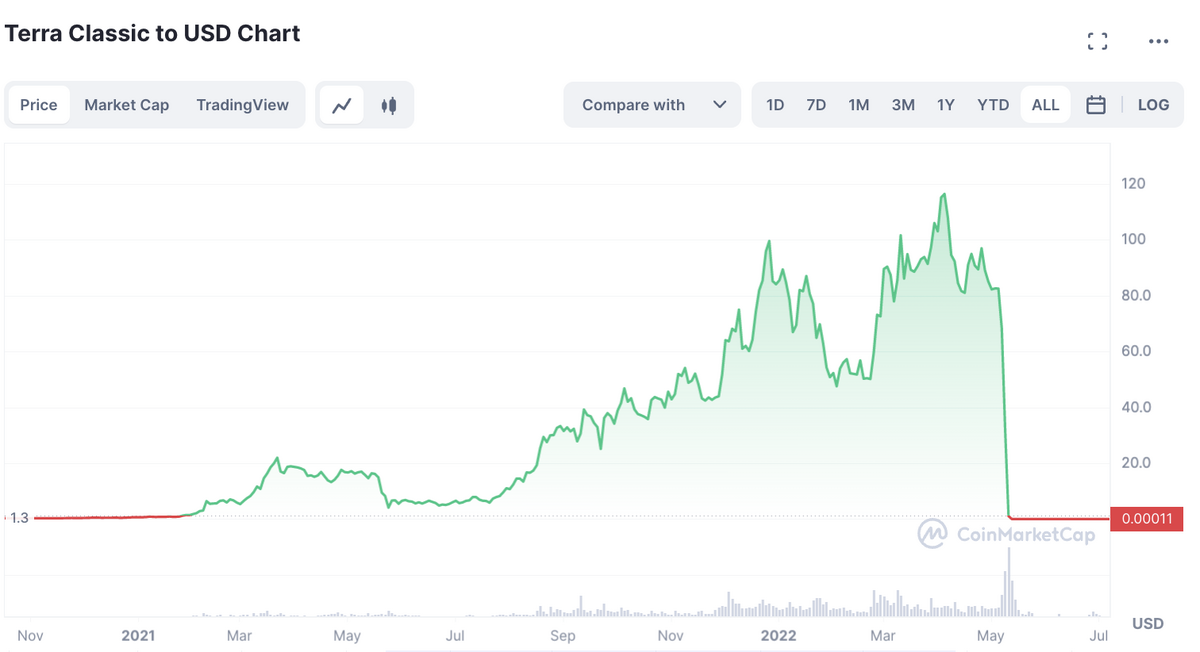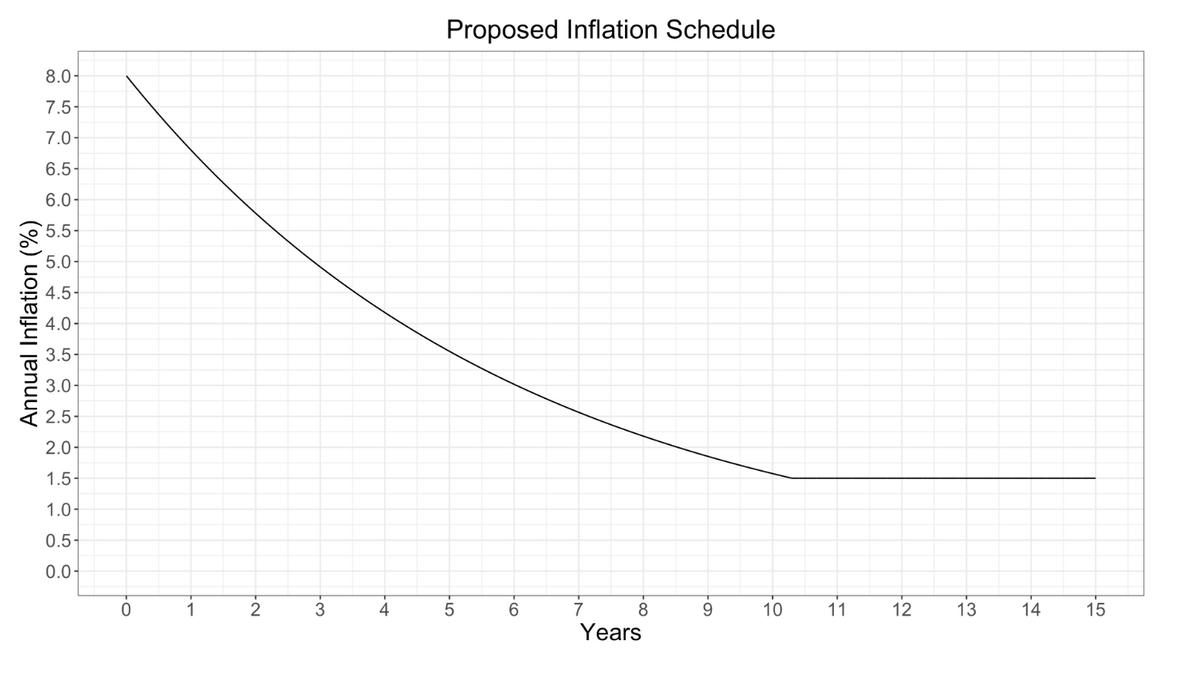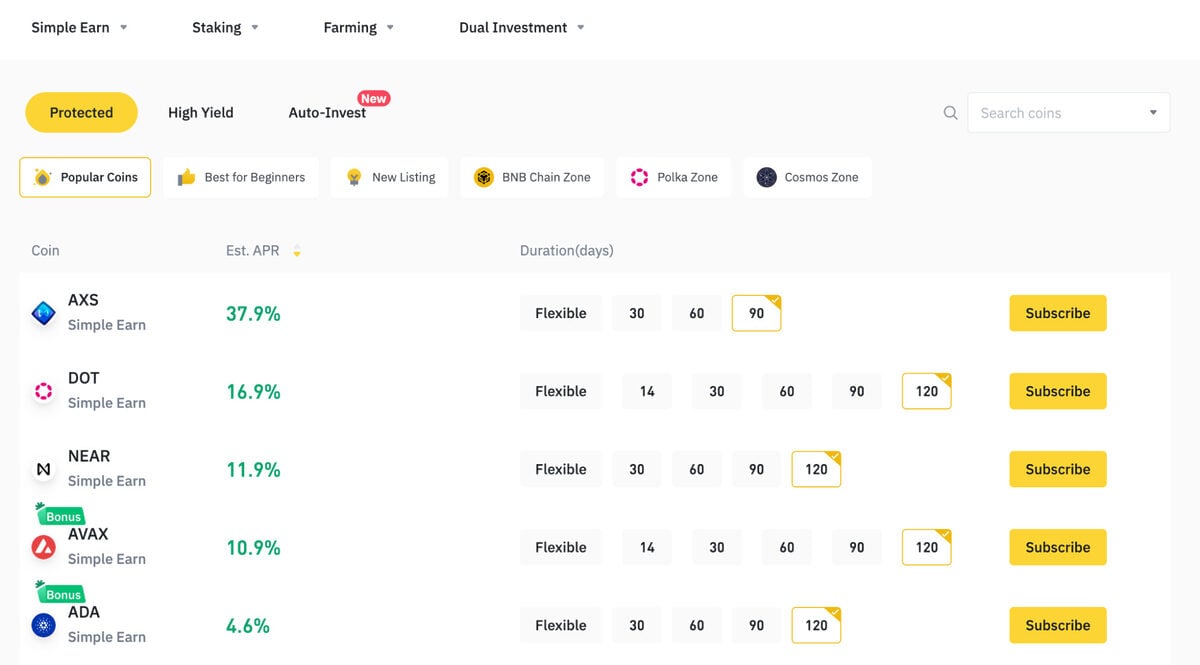Crypto Staking is one of the blockchain industry’s most misunderstood concepts. Staking has become a buzzword that entices holders and investors to lock up their tokens with the promise of generous passive income and crypto rewards.
Many staking reward contracts and platforms don’t technically offer any staking at all. You can’t stake Bitcoin (BTC), for example, so take care around any provider who tells you it’s possible.
Crypto staking is a broad topic, with different blockchain networks living by slightly different staking rules. What is true for Ethereum (ETH) staking is not set in stone on Cardano (ADA).
With the SEC cracking down on crypto exchanges like Kraken and Coinbase over their staking programs, there’s never been a better time to revisit the basics.
What is staking in cryptocurrency? What on earth does Proof-of-Stake even mean and what are the risks?
What Is Crypto Staking?
Staking cryptocurrency is a popular way to earn passive income on your digital assets. Many crypto investors like to see it as a kind of savings account, where you can earn an attractive APY (annual percentage yield) by staking coins.
Despite the inherent volatility of the crypto market, staking helps holders grow their crypto investment over a long period of time. They don’t need to actively trade or inject fresh capital into their portfolio to increase their exposure.
But as the saying goes: ‘There’s no such thing as a free lunch.’
Where do these generous interest rates and seemingly endless staking rewards come from?
The Proof-of-Stake Consensus Mechanism
The Proof-of-Stake (PoS) consensus is, unfortunately, not a group of friends that tell you whether or not your beef is rare or medium-rare. It’s the process used by several blockchains to secure the network and produce new blocks.
Generally, a network validator is someone who locks up staking coins to a blockchain to help decentralize the network and verify transactions. For ensuring the security of the network and producing new blocks, validators earn staking rewards. These rewards are generally new tokens entering the supply based on the network’s emission schedule.
In a Proof-of-Work blockchain, like Bitcoin, miners solve complex computational puzzles to compete for the right to create new blocks and earn mining rewards. This is why successful Bitcoin miners consume so much energy.

Source: Ethereum
To give you an idea of just how much energy a PoW chain uses, Ethereum reduced its consumption by 99% after transitioning to a PoS consensus.
On the other hand, PoS chains randomly select a validator for each new block. This process uses considerably less energy than PoW and incentivizes crypto investors to stake more crypto assets, increasing their chances of winning the staking reward.
This exercise is a win-win, the blockchain attracts a greater variety of stakers and decentralizes network operation, while stakers earn cryptocurrency rewards and help support the ecosystem.
How Much Cryptocurrency Can I Earn Through Staking Rewards?
Cryptocurrency staking interest rates vary between different blockchains, providers and lock-up periods. Generally speaking, rewards fluctuate between 4-18% APY. Sites like StakingRewards.com aggregate data to tell us where the best pure staking opportunities are. However, it doesn’t include options from centralized exchanges.
In some cases, cryptocurrency exchanges will offer staking rewards at boosted rates to entice holders to lock-up their staking coins for longer periods of time.


For example, this crypto exchange is offering 35% APY if we’re willing to lock up our Cosmos (ATOM) tokens for 120 days, but just 1% for a flexible deposit.
What Are the Risks of Staking?
Like in every corner of the crypto space, staking comes with its own risks. For example, if you’ve delegated your tokens to a bad validator, you might be at risk of ‘slashing.’ Slashing is a defense mechanism used by staking protocols to ensure that validators are behaving properly and fulfilling their tasks.
If a PolkaDot (DOT) validator is misbehaving and running malicious software, its stake is at risk of being ‘slashed.’ If this happens, a portion of their stake is forcibly removed and given to the protocol treasury.
Each network and staking protocol has its own slashing rules, so if you’re running a validator it’s worth checking what might put you at risk.
Other risks include loss of value due to price volatility. If you’ve locked up your staking coins for a long period of time, you might find yourself unable to sell quickly in case of a black swan event.


Source: CoinMarketCap
Remember when LUNA crashed from $80 to a few cents in a few days? Thanks to the 14 day unlock period, thousands of LUNA stakers could do nothing but watch their holdings burn to the ground before their eyes.
The same goes for those who stake their coins through centralized exchanges. When FTX collapsed, anyone staking their crypto through FTX staking pools had zero access to their assets.
Crypto Staking Myths and Misconceptions
Like any misunderstood crypto topic, there is plenty of misinformation that can lead you astray. Some of this confusion is centered around the definition of staking drifting away from its original purpose and being loosely applied to any circumstance where you deposit tokens in exchange for rewards.
Let’s shed light on some of these misconceptions.
“I Can Stake My Tokens in DeFi Apps to Earn Other Tokens”
While you can deposit certain tokens in DeFi apps, like liquidity farms, to earn other tokens, this isn’t technically staking. In this example, PancakeSwap says we can earn tokens by staking their native CAKE token in staking pools.


What we’re actually doing here is depositing CAKE into a smart contract and earning emissions of other tokens. We’re not helping to secure the non-existent CAKE blockchain. DeFi apps like PancakeSwap offer these ‘staking pools’ because it brings utility and demand to the CAKE token.
“Staking My Tokens Means I Don’t Control Them Anymore”
In many cases, staking cryptocurrency means delegating them to a validator who uses them on your behalf. However some networks, like Cardano, don’t follow this rule.
Staked ADA never leaves your crypto wallet, making it one of the most secure staking protocols in the market.
“Staking Rewards Are Fixed and Accurate”
Just because staking emissions are fixed and regular, doesn’t guarantee that your validator will be randomly selected and receive their estimated rewards. This is a question of statistics more than anything, so if you’re staking long term, you probably won’t even notice.


Source: Solana Docs
It’s worth mentioning that staking APY doesn’t take into account token inflation and emissions. For example, Solana’s token inflationary emission rate means that SOL’s supply increases by anywhere from 1.5-5% each year.
Even though you might be earning 6-8% APY by staking SOL, the supply is still inflating and potentially losing value. Some crypto enthusiasts prefer to calculate their staking rewards by subtracting a tokens inflation rate from the original APY.
“I Can Stake NFTs to Earn Crypto Tokens”
Like PancakeSwap, this is a liberal use of the phrase ‘Stake.’ Yes, you can deposit your Bored Ape Yacht Club NFT into a smart contract to earn $APE tokens, but you’re not helping anyone secure the network and produce new blocks.
Cyberkongz earn $BANANA, DeGods earn $DUST, Neo Tokyo Citizens earn $BYTES, the list goes on. Why do so many NFT collections do this?
Depositing NFTs in staking contracts takes them off the market and makes the available supply look scarcer. A collection with only 2% of its total supply listed looks like a much more desirable asset than a collection with 20% of its pieces up for sale.
Crypto Staking Pros and Cons
Cryptocurrency staking is a pretty nuanced subject, with a lot of moving parts and specific rules. To make it easier to wrap your head around why staking might be interesting to you specifically, here are the benefits and drawbacks.
Pros
- Passive Income – Cryptocurrency staking is a great way to earn passive income and organically grow your holdings with minimal risk.
- Secure the blockchain – By staking your crypto, you’re helping validators produce new blocks and protect the network from malicious actors
- Decentralize the network – The more validators a blockchain has, the less likely it is to suffer from a centralized point of failure. This also helps to distribute ownership and governance of the chain itself.
- Increase token scarcity – Staking cryptocurrency takes your coins off the market and reduces the number of tokens available for buyers. In a bullish market scenario, this creates a good environment for price appreciation.
Cons
- Lock up periods – To get the juiciest staking rewards, you’ll usually need to lock up your tokens for a long period of time. This is problematic if you find yourself needing to sell quickly
- Relinquish full control of your funds – In most cases, staking means you need to deposit your crypto into a staking contract. To be honest, this sounds a lot scarier than it really is. Slashing and validator hacks are uncommon, and operators have a vested interest in the security of the chain they’re validating.
How Can I Start Staking My Cryptocurrency?
Almost every crypto exchange under the sun offers staking in some shape or form. If you want to get started with crypto staking for the first time, this is by far the easiest method.


Your preferred crypto exchange should have an ‘Earn’ section where you can browse available staking subscriptions. All you need to do is search for the crypto you’d like to stake and choose a lock-up period that you’re happy with.
Running your own validator is a different story. This can be quite complicated, especially if you don’t have a background in development. The best place to start looking for answers is in the developer documents of the blockchain of your choice.
On the Flipside
- Crypto staking, like any financial growth strategy, has its risks. Everyone loves getting free cryptocurrency, but that doesn’t mean that you should trust everything at face value. Take care when choosing your staking provider.
- As explained above, the term ‘Staking’ has drifted away from its technical definition. These days, staking is used to describe most circumstances where you deposit digital assets in exchange for some kind of token reward, rather than contributing to a Proof-of-Stake network.
Why You Should Care
Staking your cryptocurrency helps decentralize and support your favorite blockchain ecosystem while rewarding you with tokens. It’s important to understand what staking is and how it works to ensure that you’re ‘putting your crypto to work’ safely.
FAQs
What are the easiest cryptos to stake?
Crypto staking has become very easy thanks to centralized exchanges. Cryptos like Ethereum, Cardano, Avalanche, and Solana are some of the easiest cryptos to stake.
Is staking good for crypto?
Yes, staking crypto helps the blockchain to run effectively and safely, while rewarding holders with passive income.
Which crypto exchanges offer staking?
Despite staking crackdowns from the SEC, it is standard practice in the industry for crypto exchanges to offer staking services. Binance, Crypto.com, OKX, and Coinbase all offer crypto staking.
Do I get my coins back after staking?
Yes, at the end of your chosen lock-up period you will receive your coins back. In some cases, a staking won’t have a lock-up period, but a unlocking period. In this case, you request a withdrawal from a staking pool and receive your coins when the unlocking period is complete.
How often does staking pay out?
How often staking rewards pay out depends on the provider. Some providers will pay out all rewards at the end of the lock up period, while others will accrue in real time. Check with your chosen provider for more details.
Related articles


India Blockchain Week (IBW) Conference Concludes Its Enormously Successful Inaugural Edition


12th Global Blockchain Congress by Agora Group Took Place on December 11th & 12th at InterContinental Dubai Festival City



